About us
At this site, we have gathered information about truly EXTREME CARS from all over the world, from the early groundbreaking models to future hydrogen-powered high-performance sports cars. Did you know the Italians began designing cars during the 14th century? In 1335, Guido da Vigevano designed a “car” that would be driven by the wind – just like a windmill! Kind of an extreme car too, right? At Machinesofgrace.net, you can find information about a wide range of car companies – existing as well as historical ones – and a vast array of car marques such as Lamborghini, Alfa Romeo, Rolls-Royce, Chrysler, Aston Martin, Jaguar, MG, TVR, and Porsche. We have also gathered a lot of information about record breaking cars – the truly extreme cars – such as the fastest car in the world. In February 2005, the Koenigsegg CCR became the fastest production car in the world by reaching a verified speed of 387.87 km/h (241.01 mph). This record was then beaten in October that same year when the Bugatti Veyron achieved an amazing 407.5 km/h (253.2 mph).
Sports cars
A sports car is a car designed for high performance driving and is often – but certainly not always – two seated with two doors and rear wheel drive. Focus is placed on superior road handling, manoeuvrability and braking. Among the sports cars, you will find some of the most extreme cars in the world.
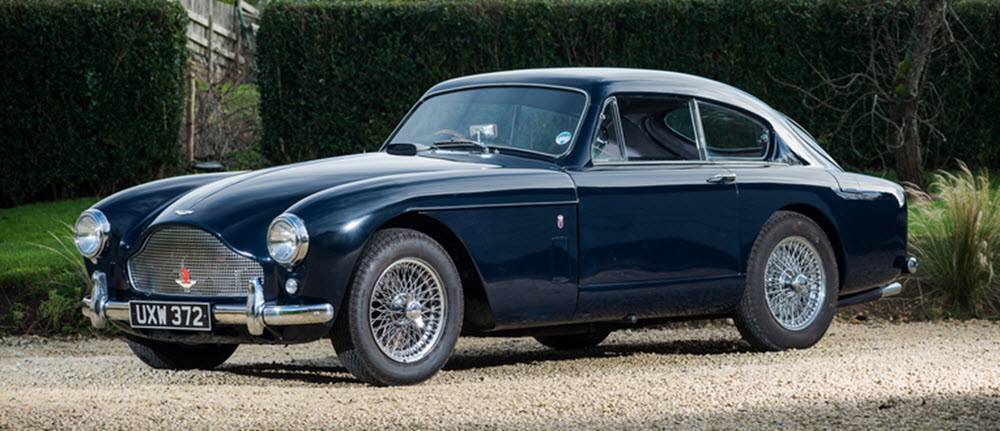
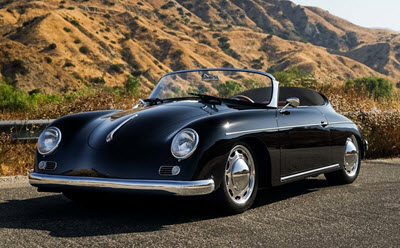
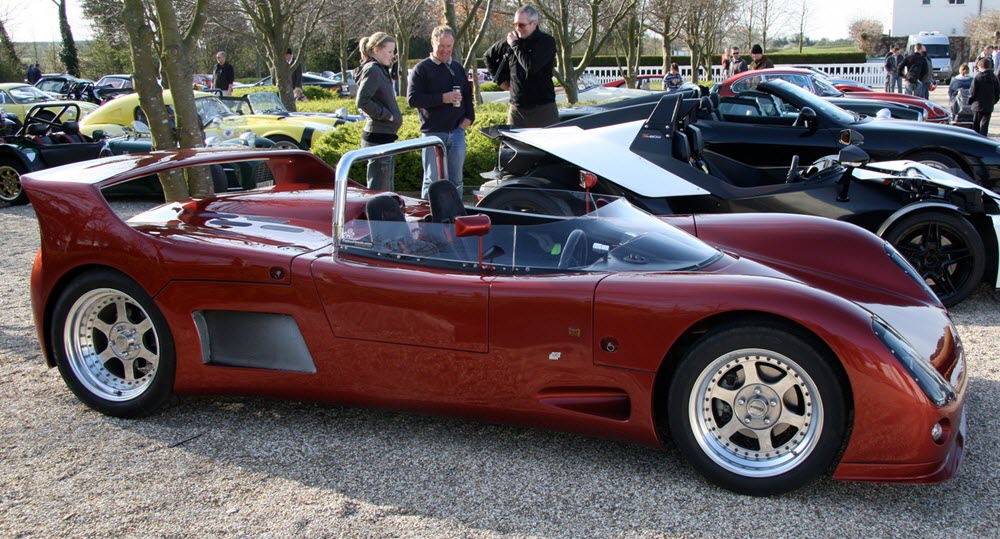
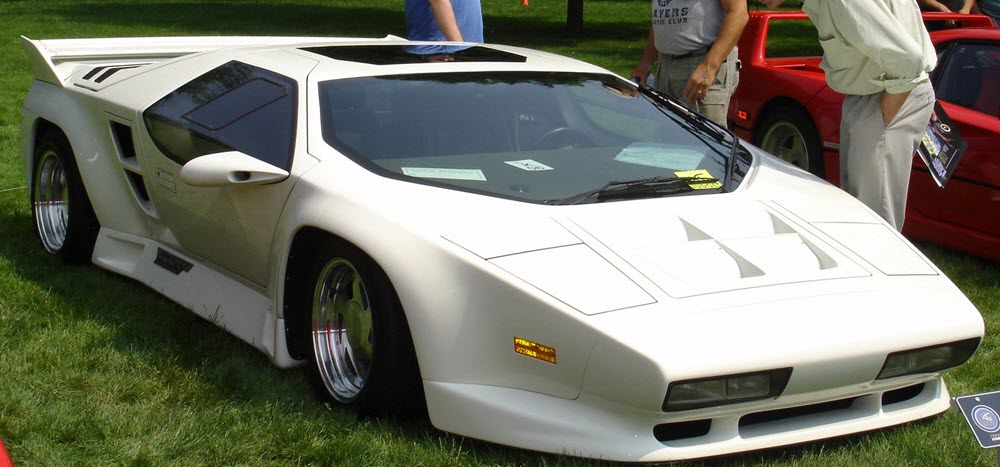
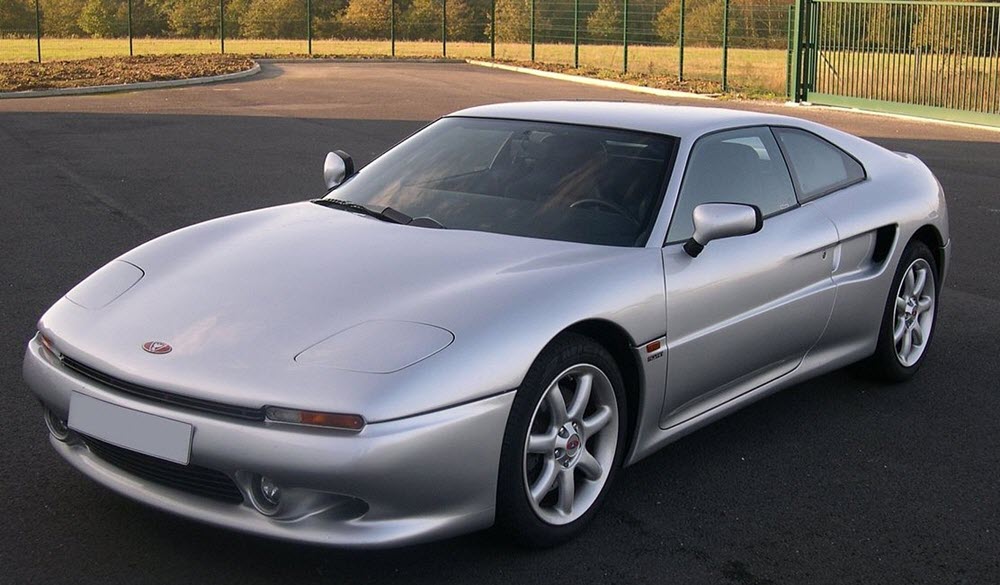
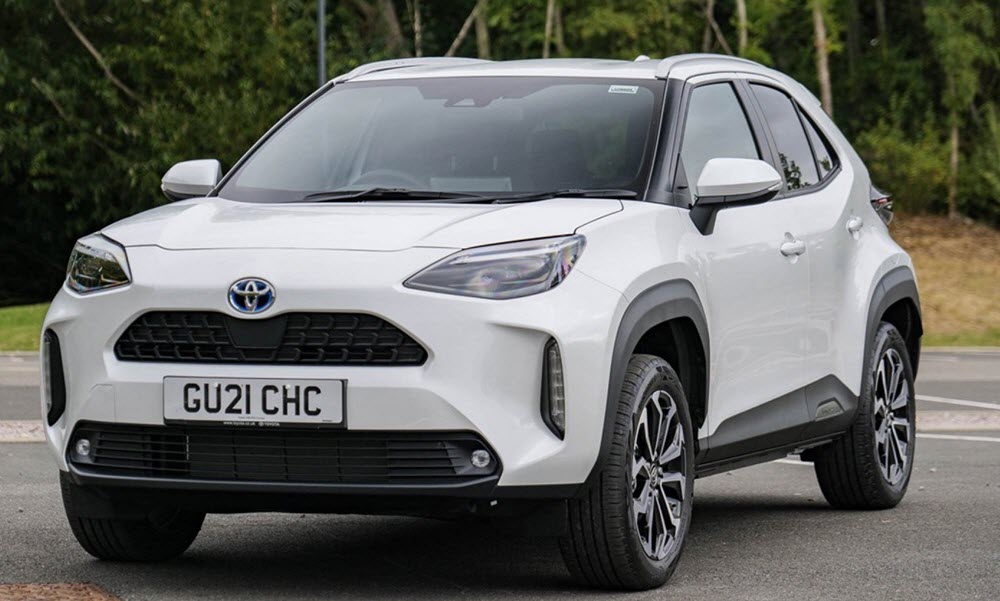
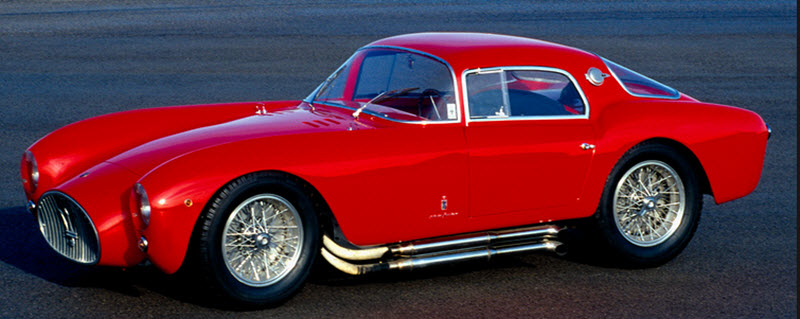
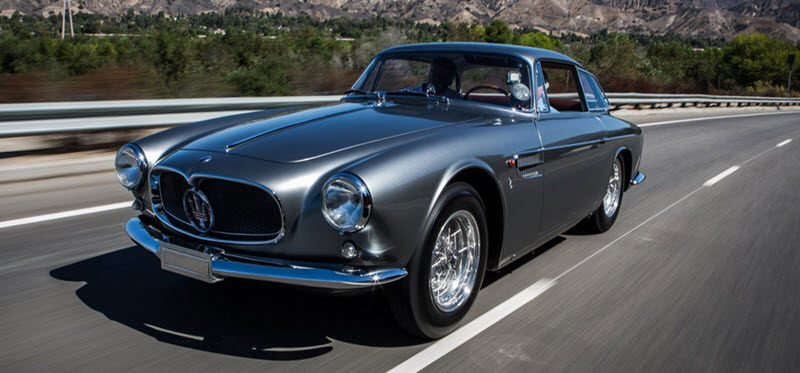
Many sports cars come with really powerful engines, but the most important aspect is actually the weight to power ratio. A lightweight car such as the Lotus can provide a formidable weight to power ratio without being fitted with a super motor.
Sports cars can be used for sports car racing, a form of circuit auto racing, but a lot of people use their sports car as an everyday car and never compete. It should also be noted that not all sporting cars are sports cars. A regular production car that has undergone a few modification in order to become a sports sedan, sport compact or similar is rarely acknowledge as a true sports car.
In addition to the major car manufacturers, such as Mercedes-Benz, Chevrolet, BMW, Toyota, Honda and Ford, there is a wide range of smaller specialist marques that creates sports cars only. Due to a flexible legislative attitude towards small-volume specialist manufacturers, you will find the richest assortment of sports cars in the Middle East and Europe, including the United Kingdom. In North America, safety regulations have made the selection of sports car much more limited. You can naturally still find great sports car in the United States and Canada, but there is less variety.
Examples of highly sought after sports cars are the Jaguar E-type, Lamborghini Miura, Porsche 911, BMW M3, Dodge Viper, Chevrolet Corvette, McLaren F1, Mercedes-Benz 300SL gullwing, and the Ferrari 275 GTB/4 Berlinetta.
Muscle cars
The term muscle car is normally reserved for mid-sized cars with large, powerful V8 engines and special trim. The aim of a muscle car is to provide maximum torque, and it can be used as a street car as well as a drag racing car. A muscle car is not the same thing as a sports car. A sports car is normally a much smaller, two-seated car, or a GT – a two-seat or 2+2 car made for high-speed touring and road racing. Generally speaking, muscle cars come from America, Australia and South Africa, and the muscle car golden age was 1962-1973 for the American cars, and 1968-1984 for their Australian counterparts.
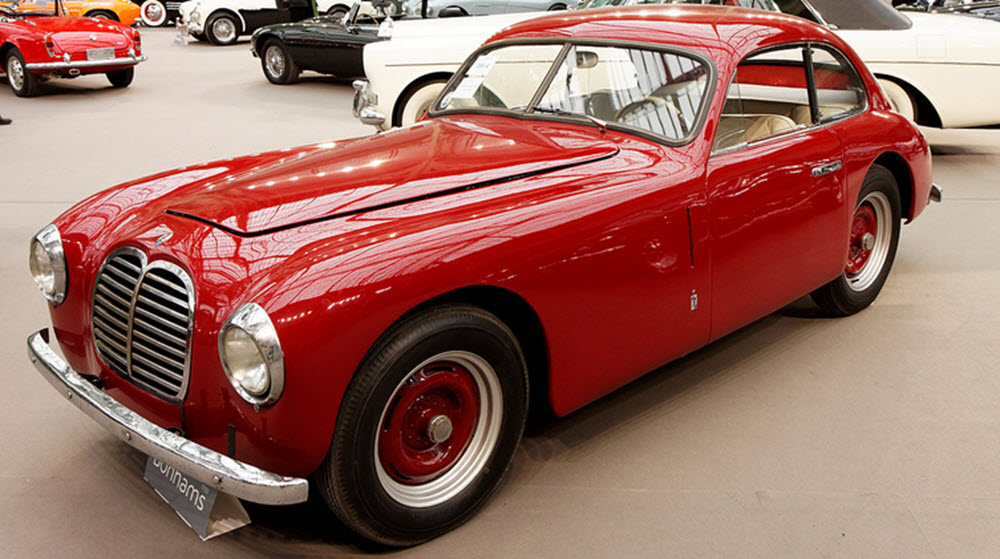

Examples of some great American muscle cars are the Chevy II SS327, Chevrolet Chevelle SS396, Ford Cobra 428, Plymouth Road Runner/Dodge Super Bee 440 Six Pack, Chevrolet Chevelle SS454, Pontiac GTO, and the Plymouth/Dodge intermediates with 426 Hemi.
Classic cars
What is a classic car and when does a car earn the right to be referred to as a classic? There are naturally no perfect answers to these questions, since different speakers use the term differently. In some countries, including the United States, there are however time-based rules to follow if you want to claim that your car is a classic car, thus eligible for antique vehicle registration. (Each state has its own regulation, so be careful.)
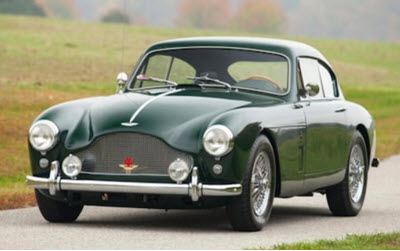


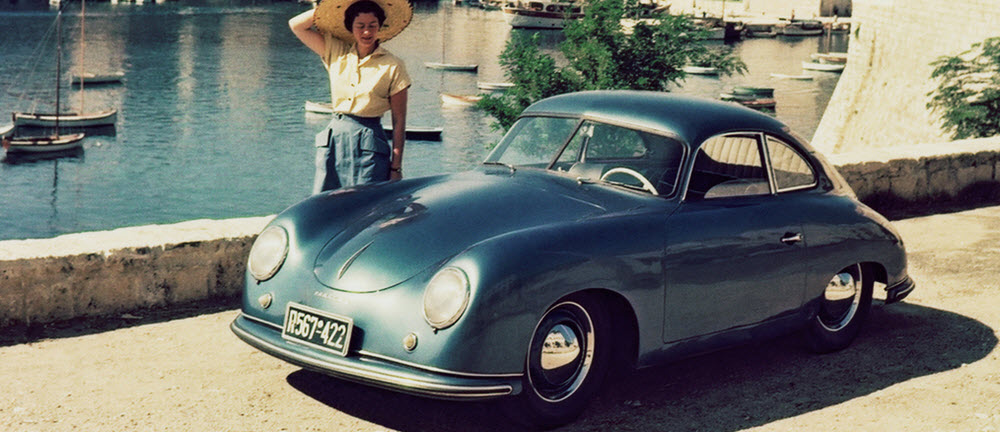
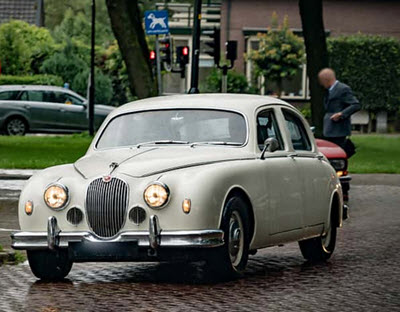
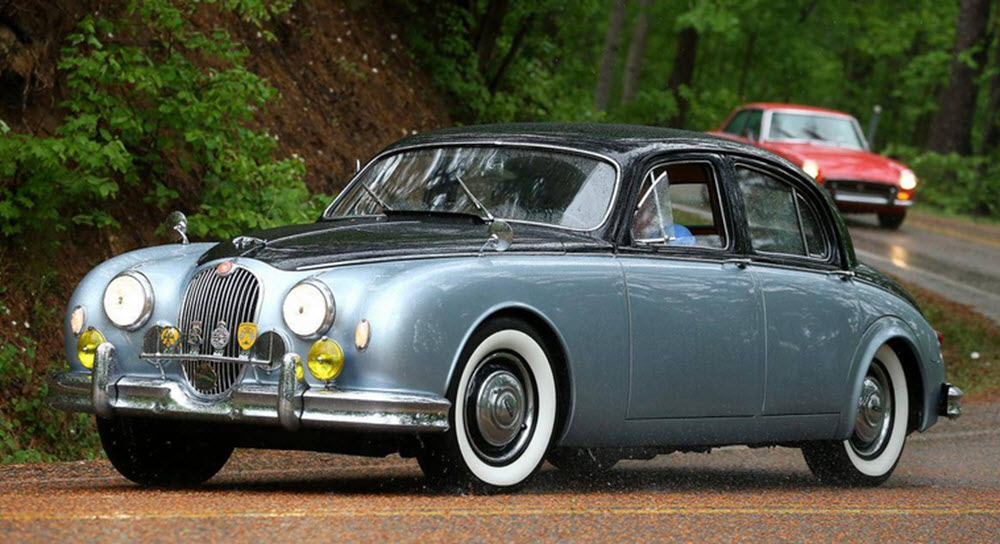
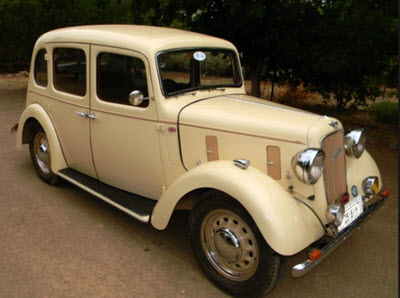
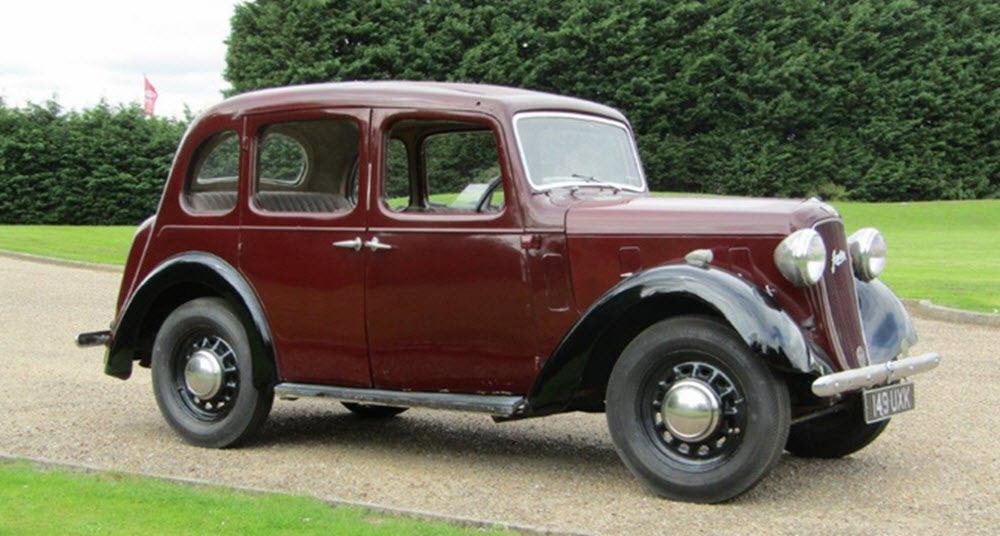
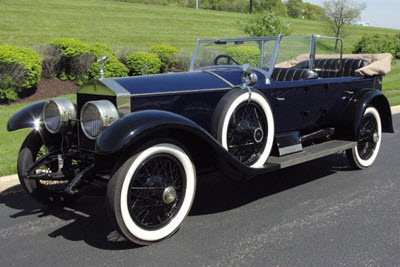
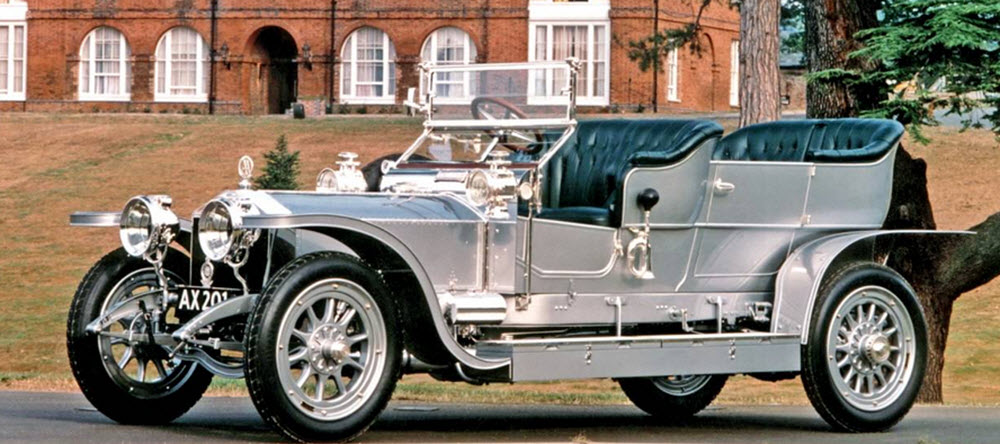
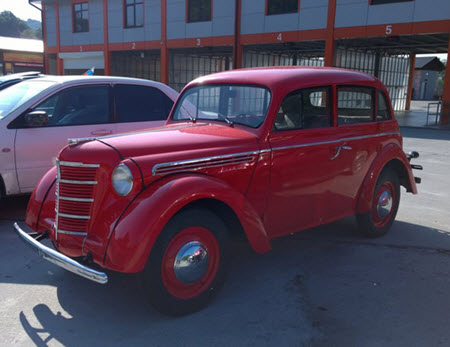
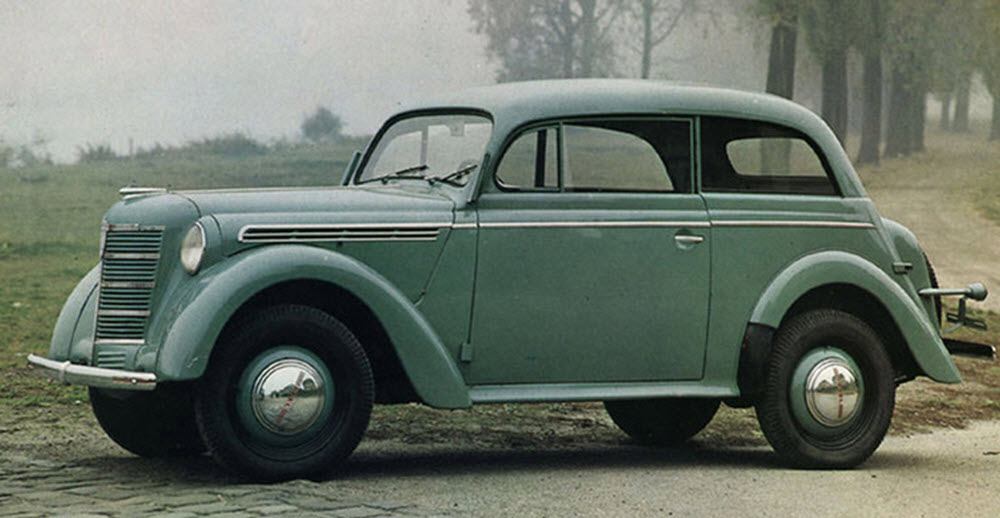


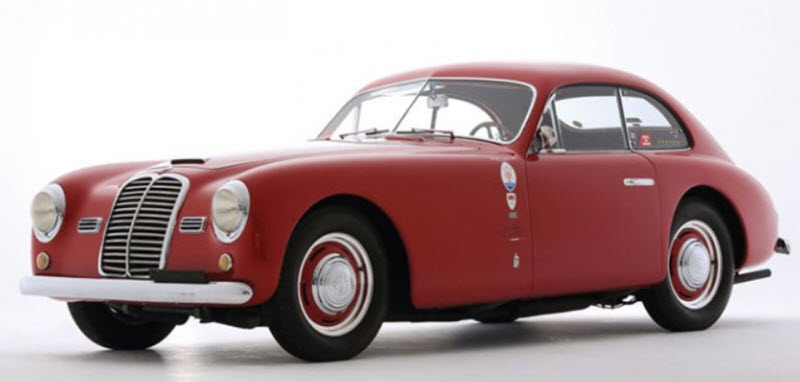
Generally speaking, a classic car is an older car. Some people consider any car of a certain age to be a classic car, at least as long as it is in okay condition, while others use the term only for very special cars, e.g. famous models or luxury variants. According to the Classic Car Club of America, only cars produced between 1925 and 1948 can be classic cars. They also say that as a general rule, a classic car was high-priced when new and only produced in a limited quantity.
Supercars
The term Supercar is used for an exceptionally high end sports car whose performance is truly superb compared to other sports cars of the same era. The exact definition of a supercar has naturally been the subject of much debate, but generally speaking supercars tend to be exotic, rare – and pricey! Renowned British motor journalist L.J.K Setright is accredited for having invented the term supercar in the mid 1960s when he used it to describe the new Lamborghini Miura.

The term supercar is not commonly used for modified production cars; only factory-built and street legal sports cars are acknowledged as being true supercars. Supercars are seldom created for the racing track only; you should be able to drive your supercar on a normal road.
Only a few car brands produce supercars and when a new brand tries to earn the epithet, they certainly have to work for it. A few examples of cars commonly referred to as supercars when they were new are the Aston Martin DB4 GT Zagato, Bugatti EB110, Ferrari 599 GTB Fiorano, Koenigsegg CC8S, Jaguar XJ220, Vector W8, Lamborghini Murciélago LP640, and Lotec C1000.
